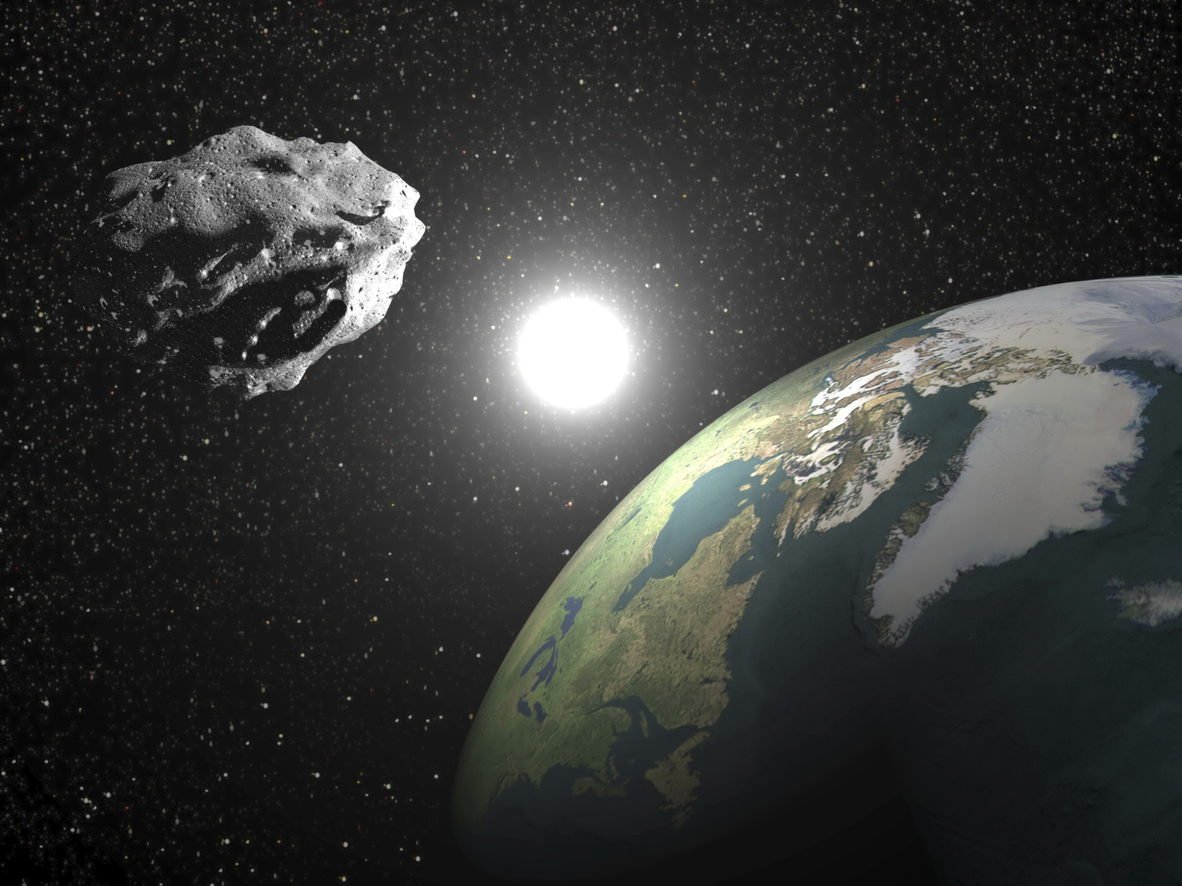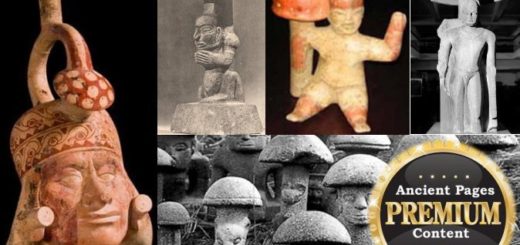On This Day In History: Curious Story About Hermes Asteroid That Appeared – On Oct 30, 1937
an asteroid approached the Earth, at about twice the distance of the moon. At the time, it was regarded as the closest approach of an object other than a meteor. It traversed the night sky at 5 degrees per hour.
Nowadays only meteors and Earth-orbiting satellites move faster.
This asteroid has eluded astronomers for decades.
Image to the left: This movie recorded by Lowell Observatory astronomer Brian Skiff shows Hermes moving among the stars in Oct. 2003.Crddits: NASA

It was first spotted two nights earlier, on October 28 by astronomer Karl Reinmuth of Heidelberg (1892 – 1979), discoverer of 395 minor planets.
Reinmuth noticed a streak of light on a picture he had just taken of the night sky.
About as bright as a 9th magnitude star, this asteroid was moving close to Earth and very fast; because of its fast motion, he named it Hermes, after an Olympian god in Greek religion and mythology.
The asteroid was able to observe it for only five days before viewing conditions became unfavorable.
It was lost until sighted again on 15 Oct 2003 by Lowell Observatory astronomer Brian Skiff.
Astronomers around the world have been tracking it carefully ever since. Orbit-specialists Steve Chesley and Paul Chodas of NASA’s Jet Propulsion Laboratory (JPL) have used the new observations to trace Hermes’ path backwards in time, and so they identified all the unnoticed flybys.
Its elliptical orbit took 777 days, cutting across the orbits of Venus, Earth and Mars. It was found to be a binary object by Jean-Luc Margot at the Arecibo Observatory.
Plenty of asteroids were known in 1937, but most were plodding members of the asteroid belt far beyond Mars. Hermes was different. It visited the inner solar system. It crossed Earth’s orbit. It proved that asteroids could come perilously close to our planet. And when they came, they came fast.



 Creators of mankind
Creators of mankind Description of “Tall white aliens”
Description of “Tall white aliens” Where they came from?
Where they came from? About hostile civilizations
About hostile civilizations The war for the Earth
The war for the Earth “Tall white aliens” about eternal life
“Tall white aliens” about eternal life Video: “Nordic aliens”
Video: “Nordic aliens” Aliens
Aliens Alien encounters
Alien encounters The aliens base
The aliens base UFO
UFO Technology UFO
Technology UFO Underground civilization
Underground civilization Ancient alien artifacts
Ancient alien artifacts Military and UFO
Military and UFO Mysteries and hypotheses
Mysteries and hypotheses Scientific facts
Scientific facts


















